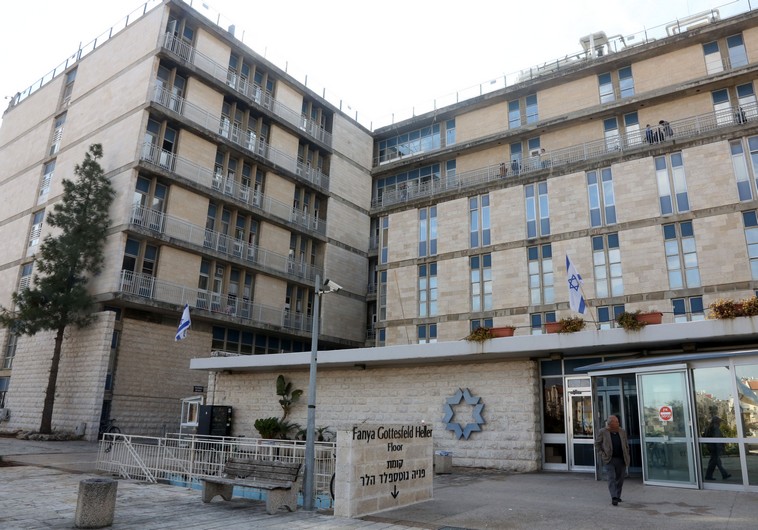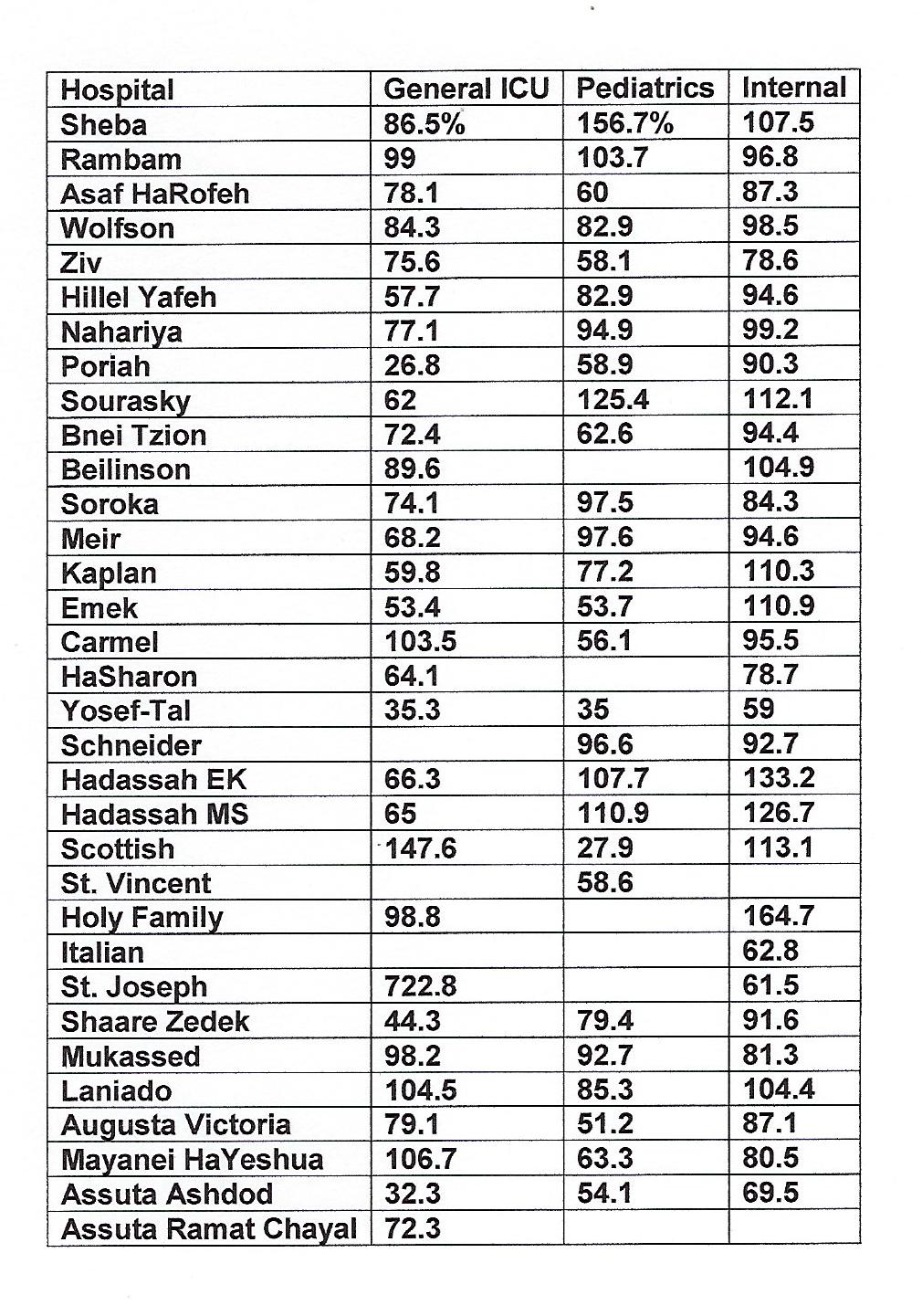Earlier in the week, YWN-Israel reported that fewer Israelis are getting vaccinated against the flu and measles continues to spread. More and more Israelis feel that Deputy Health Minister Yaakov Litzman, who has ministerial authority, is not doing what he should as the nation’s healthcare system is collapsing. While it is known that he brought new MRIs to some hospitals and conducts surprise inspections at any hour, he is accused of losing control of the big picture as Israelis find themselves waiting longer for diagnostic tests and procedures, and emergency room visits and hospital stays are too often accompanied by horror stories of waiting for hours, poor patient to medical staff ratio, and being lost in the system due to overcrowding.
Patients in major cities like Jerusalem often have to wait weeks and at times months for an MRI or other diagnostic exam if the situation is not life threatening. In addition, with winter approaching, and many of the nation’s emergency rooms and hospital wards are already filled beyond capacity, one can only wonder what will occur when flu season hits.
According to a comprehensive Walla News report, based on data furnished by the Health Ministry, occupancy in emergency departments has increased 105% in the past decade. Kaplan Hospital and Barzilai Hospital are the most overcrowded, but the leaders regarding hospital internal wards are Jerusalem and Nazareth. Senior Health Ministry officials warn against planned major budget cuts, stating, “The government is harming the services of its residents”.
Against the background of the government’s decision to cut the budgets of government ministries, the Ministry of Health agreed to pass on the information requested by Walla News, which is contained in the following report.
The figures are presented after Ministry of Health officials threatened that the cuts would lead to the cancellation of economic aid to Shaare Zedek Hospital in Jerusalem and Assuta Hospital in Ashdod and the cancellation of critical health programs such as the program to reduce the load in emergency rooms and the program to significantly improve sanitary conditions towards reducing infections in hospitals.
Last year, the average occupancy rate in the emergency department in Israel was 105%. This is an increase in the percentage of overcrowding – for comparison sake, occupancy in 2010 was 91%. As for the pressure hours per day in emergency rooms, high density times usually range from 120% to 140% – and the busiest hours are usually from noon to midnight.
According to the ministry’s data, occupancy in the emergency department at Kaplan Hospital in Rehovot stands at more than 220% and is the busiest emergency room in Israel. After Kaplan comes the emergency department of the Barzilai Medical Center in Ashkelon, with a density of 203%, followed by Schneider Children’s Hospital in Petah Tikva with 197%.
At the bottom of the list is Yosef-Tal Hospital in Eilat, with only 46% occupancy. In addition, at the “Holy Family” Hospital in Nazareth, the occupancy rate is 47%. The Hasharon hospitals in Petach Tikva and the Scottish Hospital in Nazareth have 52% each.
The following lists provides the facts as per the Health Ministry.
Emergency room capacity at hospitals nationwide from worst to best
• Kaplan (Rehovot) 223%
• Barzilai (Ashkelon) 204%
• Schneider (Petach Tikvah) 197%
• Sheba (Tel Aviv) 175%\Meir (Kfar Sava) 157%
• Beilinson (Petach Tikvah) 138%
• Rambam (Haifa) 133%
• Soroka (Beersheva) 124%
• HaEmek (Afula) 124%
• Wolfson (Holon) 120%
• Shaare Zedek (Jerusalem) 118%
• Carmel (Haifa) 111%
• Assaf HaRofeh (Rishon L’Tzion) 110%
• Laniado (Netanya) 99%
• Hillel Yafeh (Hadera) 98%
• Hadassah Ein Kerem (Jerusalem) 91%
• St. Vincent De Paul (Nazareth) 90%
• Nahariya 89%
• Poriah (Tiveria) 81%
• Bnei Tzion (Haifa) 81%
• Hadassah Mt. Scopus (Jerusalem) 76%
• Sourasky/Ichilov (Tel Aviv) 63%
• Ziv (Tzefas) 57%
• Mayanei HaYeshua (Bnei Brak) 56%
• Scottish – EMMS Nazareth 52%
• Hasharon -Golda (Petach Tikvah) 52%
• Holy Family (Nazareth) 47%
• Yosef-Tal (Eilat) 46%
The following chart shows reveals the true picture in the hospitals’ general intensive care units, pediatric and internal departments.
(YWN Israel Desk – Jerusalem)













One Response
This is what you get when you socialize healthcare.